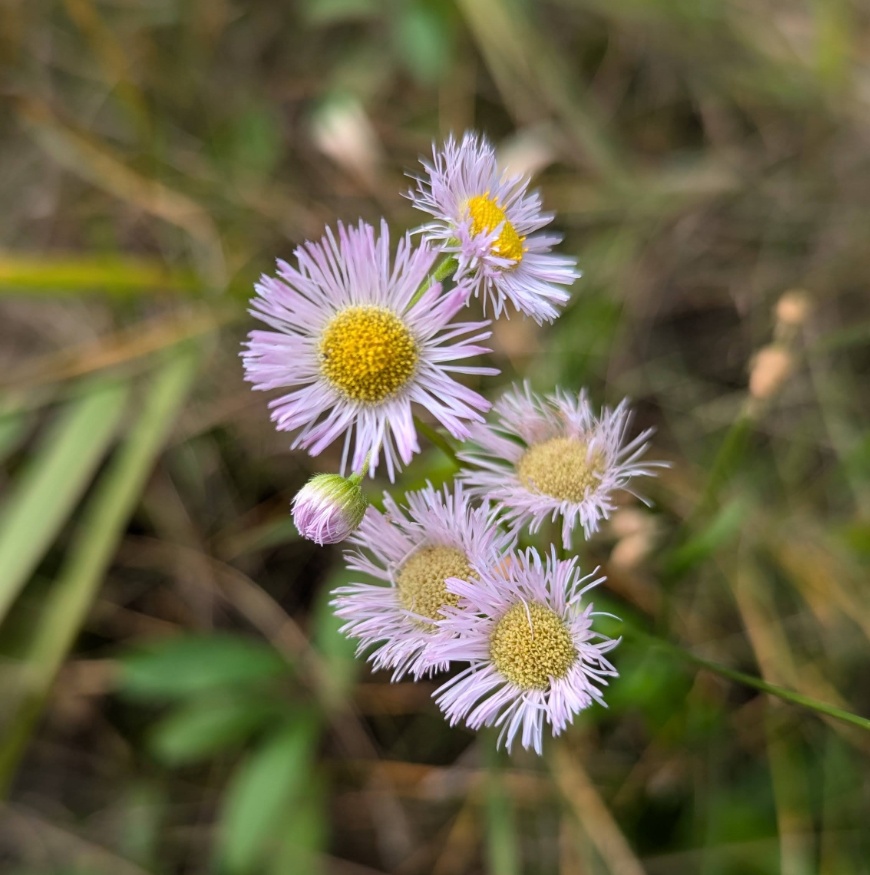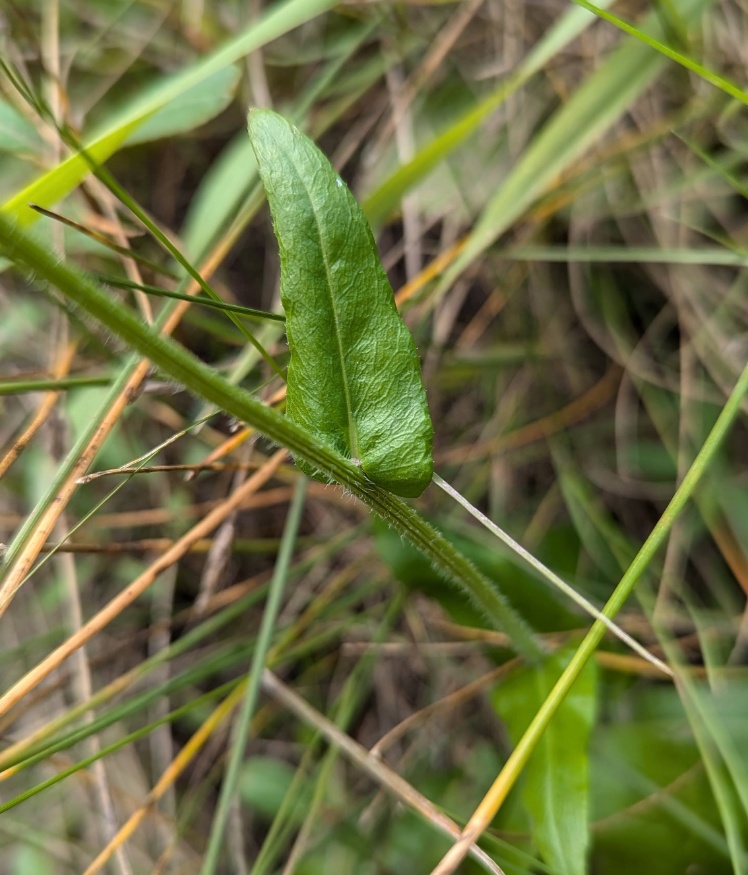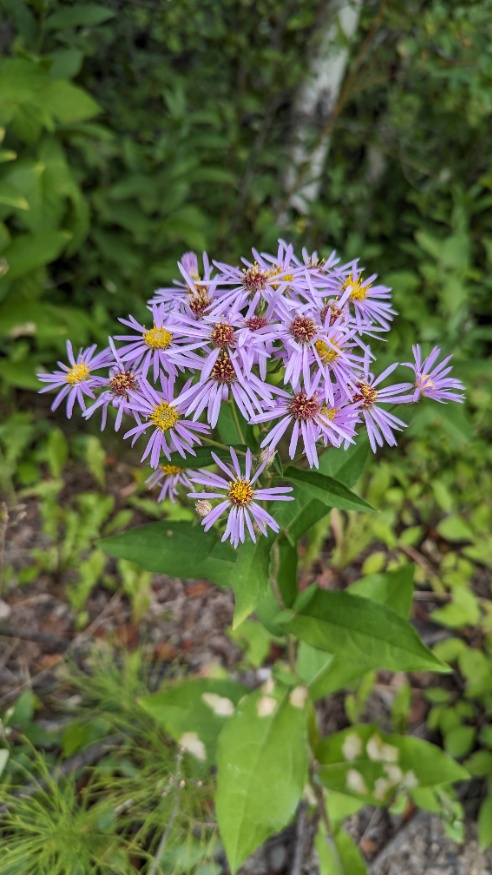Medicinal Fleabane

In this article, we'll talk about using fleabane for health and wellbeing. As a native plant enthusiast, I was excited to find out this pretty little windflower is native to North America (I'm in BC, Canada). I didn't think it was medical in any way, but after some research was pleasant surprised to hear of others using it and the range of medicinal actions it can potentially have. I should mention, I have no firsthand experience from this herb so the below is purely research, but I've grown it from seed, and will talk about that in a bit.
Though considered a weed to some, this plant is said to have numerous medicinal benefits and has been used by indigenous North American peoples for centuries. Uses include hemorrhaging, stomach upset, respiratory issues, bladder problems, and use as a women's herb. Philadelphia fleabane (also known as common fleabane), and Daisy fleabane (also called annual fleabane) are both commonly used and native to North America. For Europeans reading, there's also have an old world version of this plant native to Europe, the European common fleabane.
The name fleabane has a meaning behind it. Bane is associated with poison, death, and harm. That's why plants with the word bane in them are often poisonous (like red and white baneberry for example). But the "bane" in this case refers to fleabane's past use as a pest control. The dried flowers and stems were put in mattress stuffing, in brooms, and used in and around homes to repel fleas. Modern findings doubt fleabane actually repels fleas, but we're left now with an interesting story behind the name, like many other medicinal plants.
Identification
Fleabane can be found on property edges, roadsides, meadows, and waters edge. Its considered a "pioneer" species because it can pop up as one of the early newcomers in recently disturbed areas. The flowers are quite small, with a miniature daisy-like appearance. Most flowers are white, but can be tinged with purple or pink. Probably fleabane's most prominent feature is the flower petals (ray florets ) which are quite fine and almost hair-like compared to other daisies. Leaves from the top part of the plant differ in shape to leaves at the bottom part of the plant. Below is a picture of the upper, oppositely arranged leaves from Philadelphia fleabane; notice they somewhat clasp the hairy stem.

In terms of lookalilkes, asters are probably the most similar in appearance to fleabanes, but asters bloom much later in season and the petals are thicker and of different colour. Behind the flower heads of asters are multiple rows of leaves overlapping like shingles. Fleabanes have just one to two rows behind the flowerhead that resemble a simple flat "fence" in appearance. Fleabanes can be annual, biennial, or a short lived perennial, whereas asters are usually perennial (longer lived through multiple seasons). See the example "showy aster" pic below.

Harvesting and Preparation
Fleabane has edible leaves, but it isn't normally used as a food because of the bitter taste and lack of plentiful edible parts; rather it lends its self well to be prepared as a tonic or medicine plant to treat specific needs. Harvest in late spring, gathering just the flowering tops that have a healthy bright yellow center. You can cut the top third of the plant off with scissors and include some stems and leaves. For drying, place the plant material on screens in a well ventilated area or use a dehydrator. To make a tea, steep fresh or dried leaves and flower tops in water that's just been boiled. Some really love the flavor, some are indifferent to it and say it's bland. The plant can also be prepared as a tincture to take in drop form, or as oils or salves for topical use.
Medicinal Actions
Fleabane has astringent, diuretic, as well as anti-inflammatory properties. These are simply medicinal actions that have certain therapeutic affects within the body. The gallic acid and other tannins within fleabane have an anti-inflammatory effect that may help to relieve pain, stiffness, sore muscles, and rheumatism. It's also been used for headaches, as many migraines can be triggered by enlarged, enflamed blood vessels. The plant has also been used to treat external inflammation like burns, which are inflamed and swollen areas of the skin.
Perhaps one of fleabane's best knows strengths is as an astringent. Astringent herbs cause tissues to tighten and shrink, sealing and drying leaky sores. This can be useful for internal wounding, to help stop bleeding within the body. GI tract issues like bloating and damaged intestinal walls from "leaky gut syndrome", diarrhea, and dysentery are all issues fleabane has been used for. Specifically, Canadian fleabane is said to be quite effective for ulcerative colitis. Again, likely due to compounds like tannins, which cause the contraction and tightening of mucous membranes in the gastrointestinal tract.
Fleabane's' astringent properties are said to be great for pains and complications that often haunt women's reproductive systems; also to help regulate periods, suppress heavy menstruation, and treat childbirth hemorrhage. Again, it's likely the astringent properties toning and tightening the smooth muscles within the uterine area, and allowing the sealing of leaky internal wounding and bleeding.
Other Medicinal Actions
Fleabane has been used as a diuretic, allowing the liver to increase urine flow, ridding the body of extra fluid, and helping to remove toxins and salts. As such, it's been used to treat things like urinary tract issues. Respiratory system issues like coughs and congestion are another possible use. It's said to clear mucus from the lungs, induce sneezing, and treat head colds. The Cherokee, blackfoot, Houma, Ojibwa, Houma, Meskwaki, Iroquois and other native peoples have traditionally used this herb. Here are some of their uses in summary:
- gout
- fever
- epilupsy
- the caughing up of blood
- heart support by increased circulation
- skin irritations, sores, and insect bites
- used in smoking tobacco
Precautions
Don't use if pregnant as it affects the uterus and could induce miscarriage. Don't use if breastfeeding or on blood pressure meds or blood thinners. Avoid if you're allergic to plants in the aster family. Always consult multiple reputable sources to properly identify the plant before using it as food or medicine. I've read some species such as spreading fleabane are considered mildly toxic, but have also read this species was traditionally used to treat various things. Either way, there are over 350 types of fleabane and it's a good idea to identify which one you're dealing with.
due to the possible slightly toxic characteristics of it's oils, it's probably best not to use long term; and though, this fleabane has been used for a very long time traditionally, it isn't widely studied in modern days for it's medicinal use and proven clinically on human trials. Lastly, like all medicinal herbs, avoid if taking other medications and always consult a healthcare professional before using plants medicinally.
Other Benefits
With all the benefits fleabane has to offer, it can also be an attractive wildflower in the garden, beneficial to the local ecosystem, and supportive to both native bees and moths. The flower can also help attract predatory insects that deal with unwanted pesky ones in a natural way. Personally I've missed harvest season for fleabane unfortunately, and am writing this in the winter while I have time on my hands. But I'm looking forward to connecting with this amazing plant and brewing up a nice cup of fleabane tea in the spring when it's in full bloom! Happy foraging!